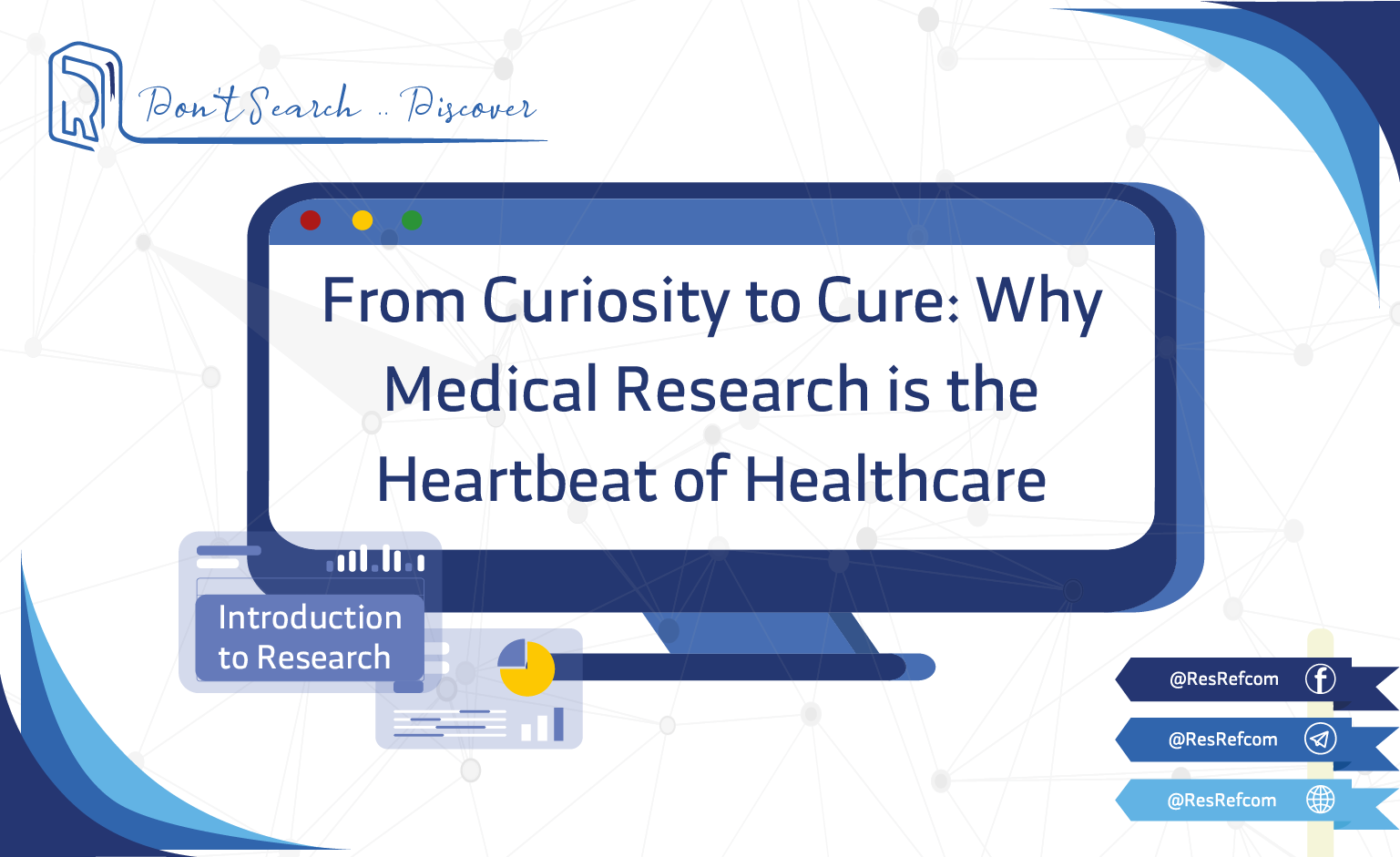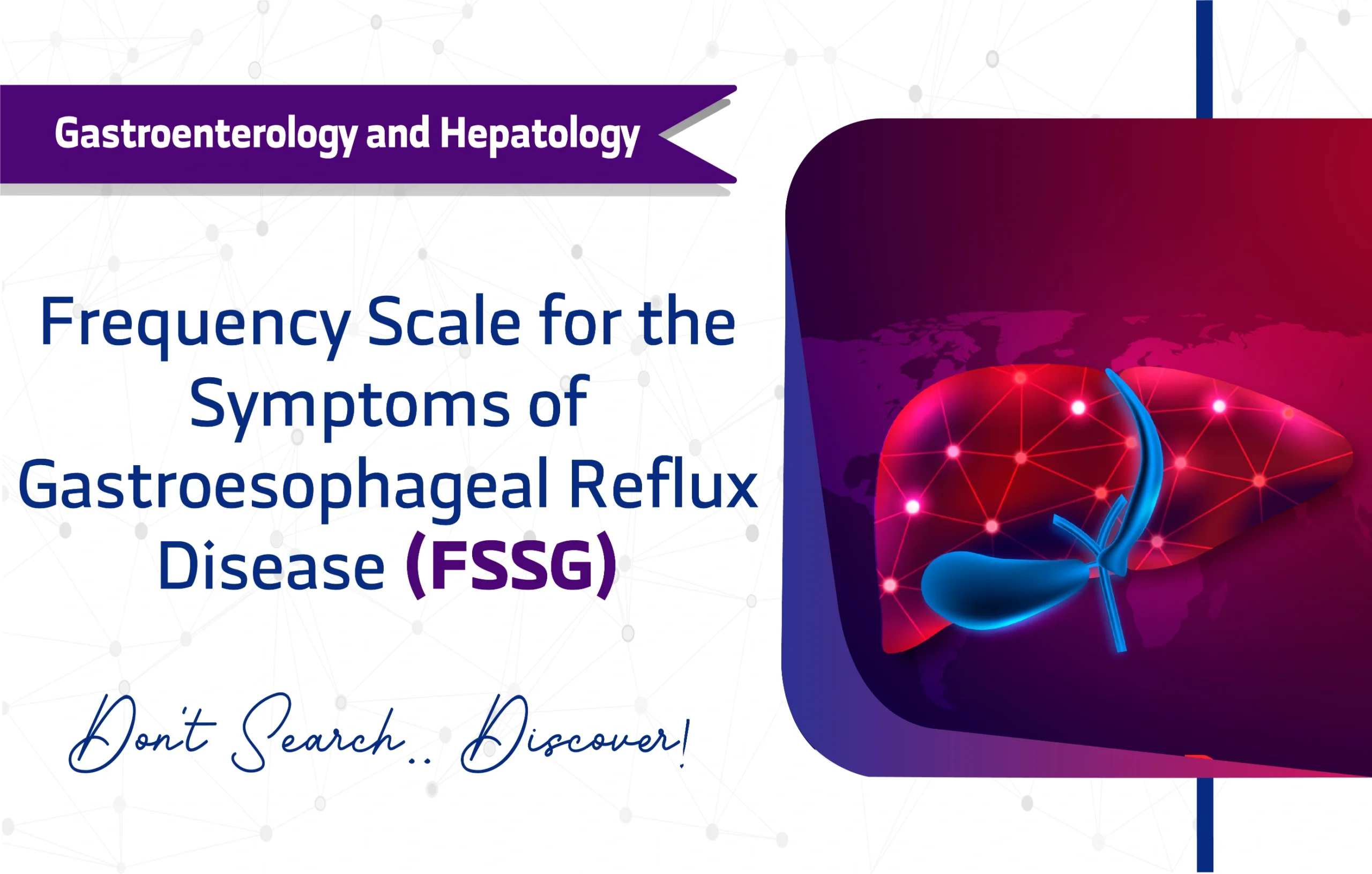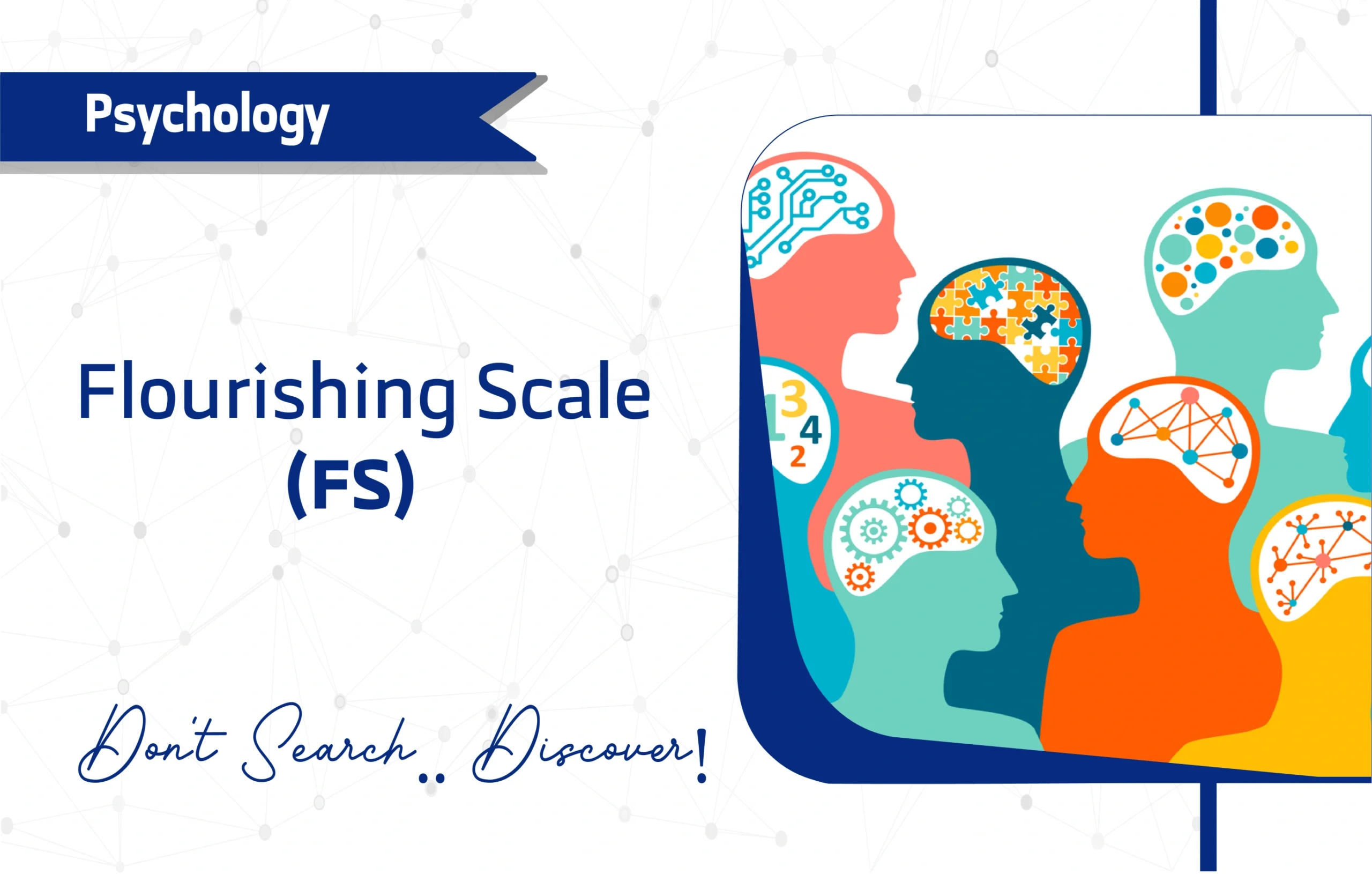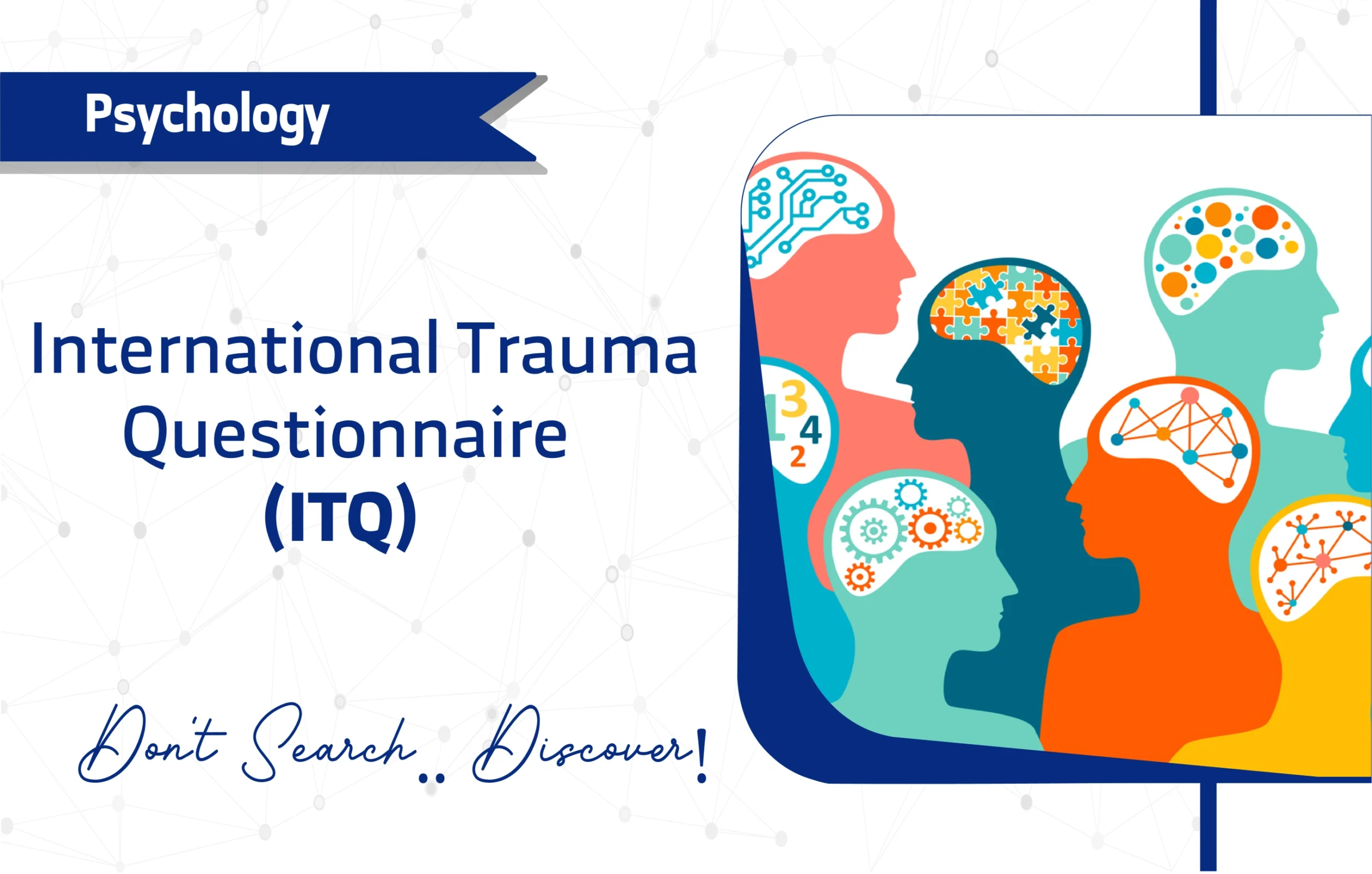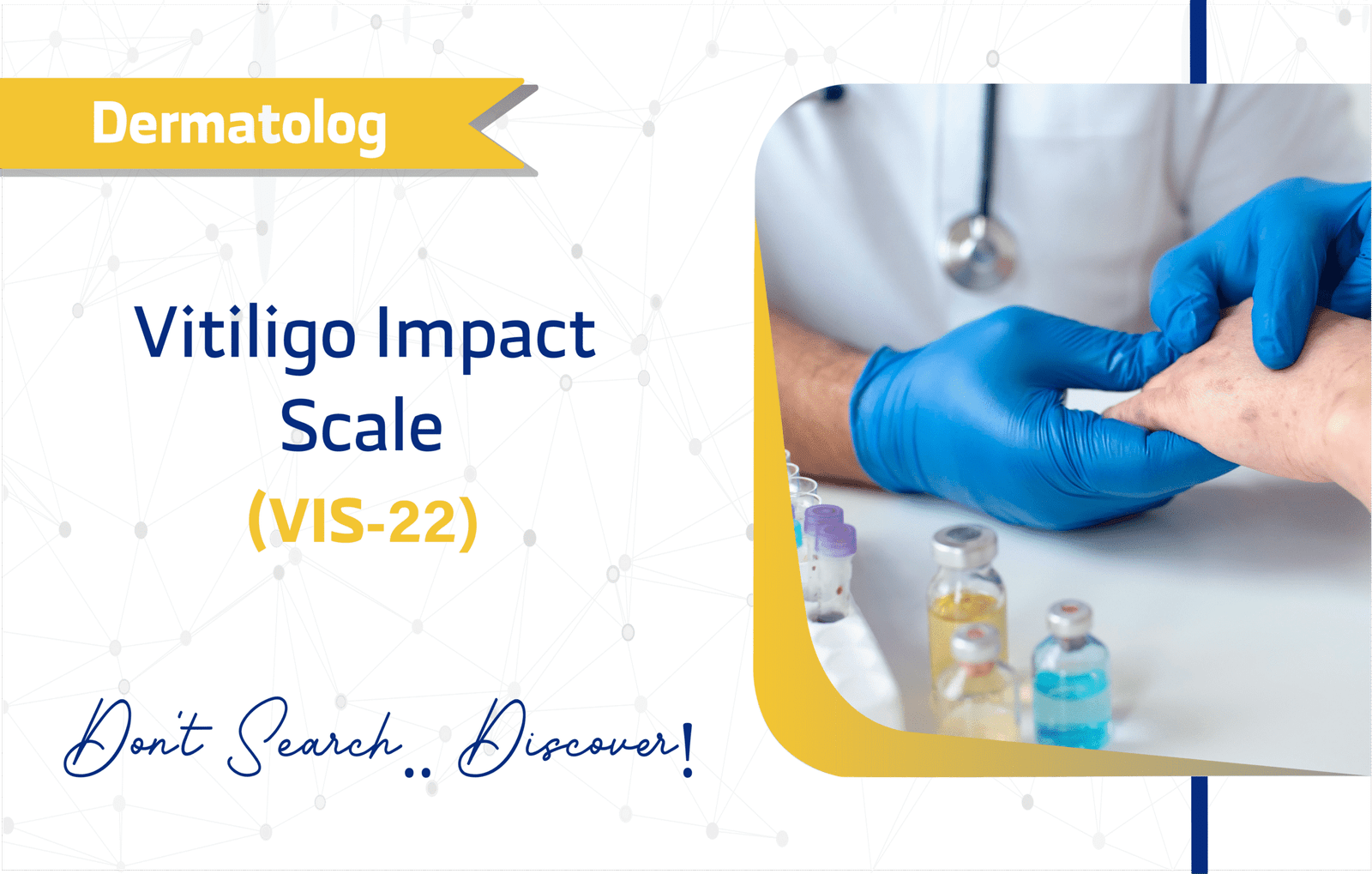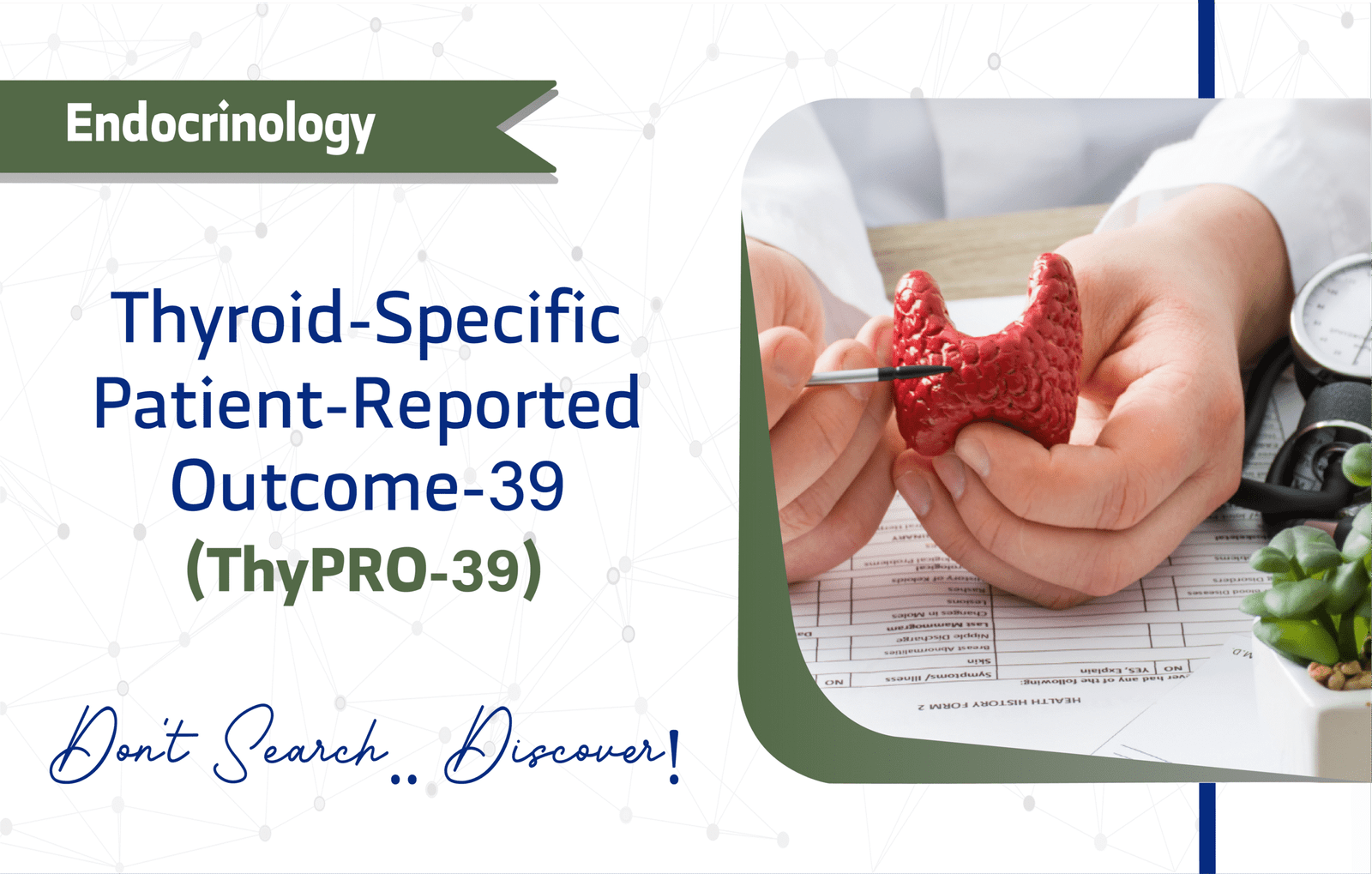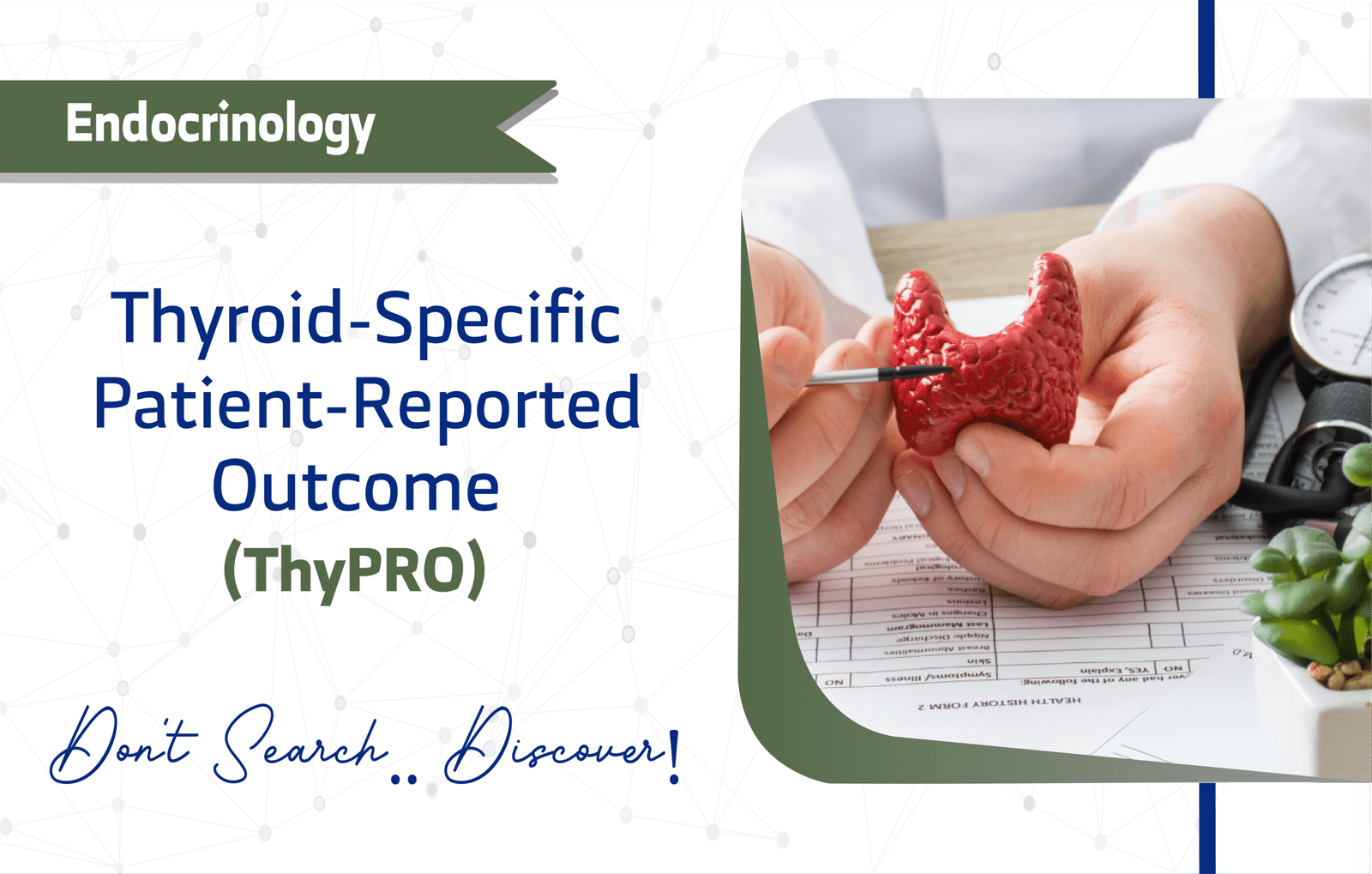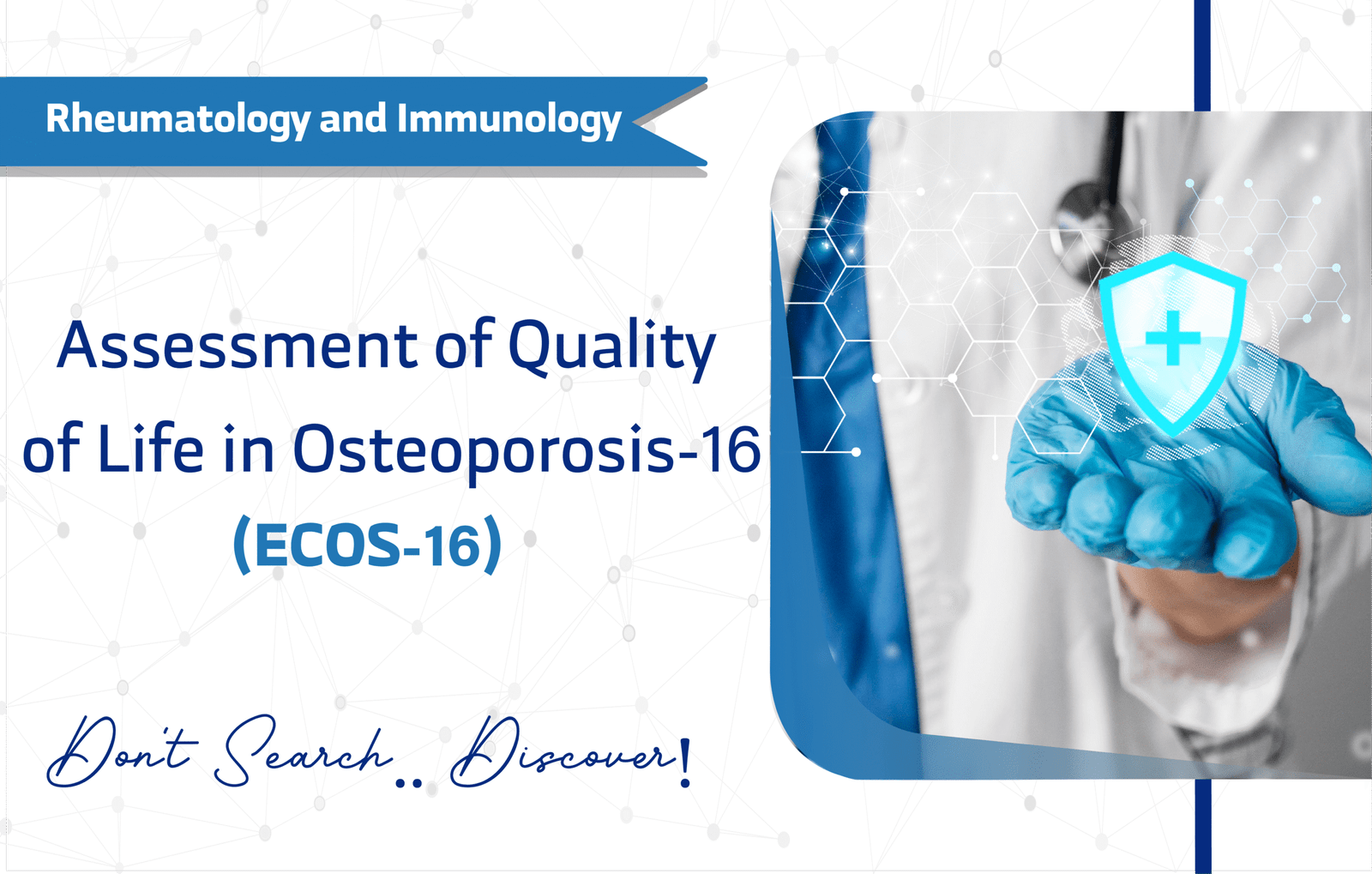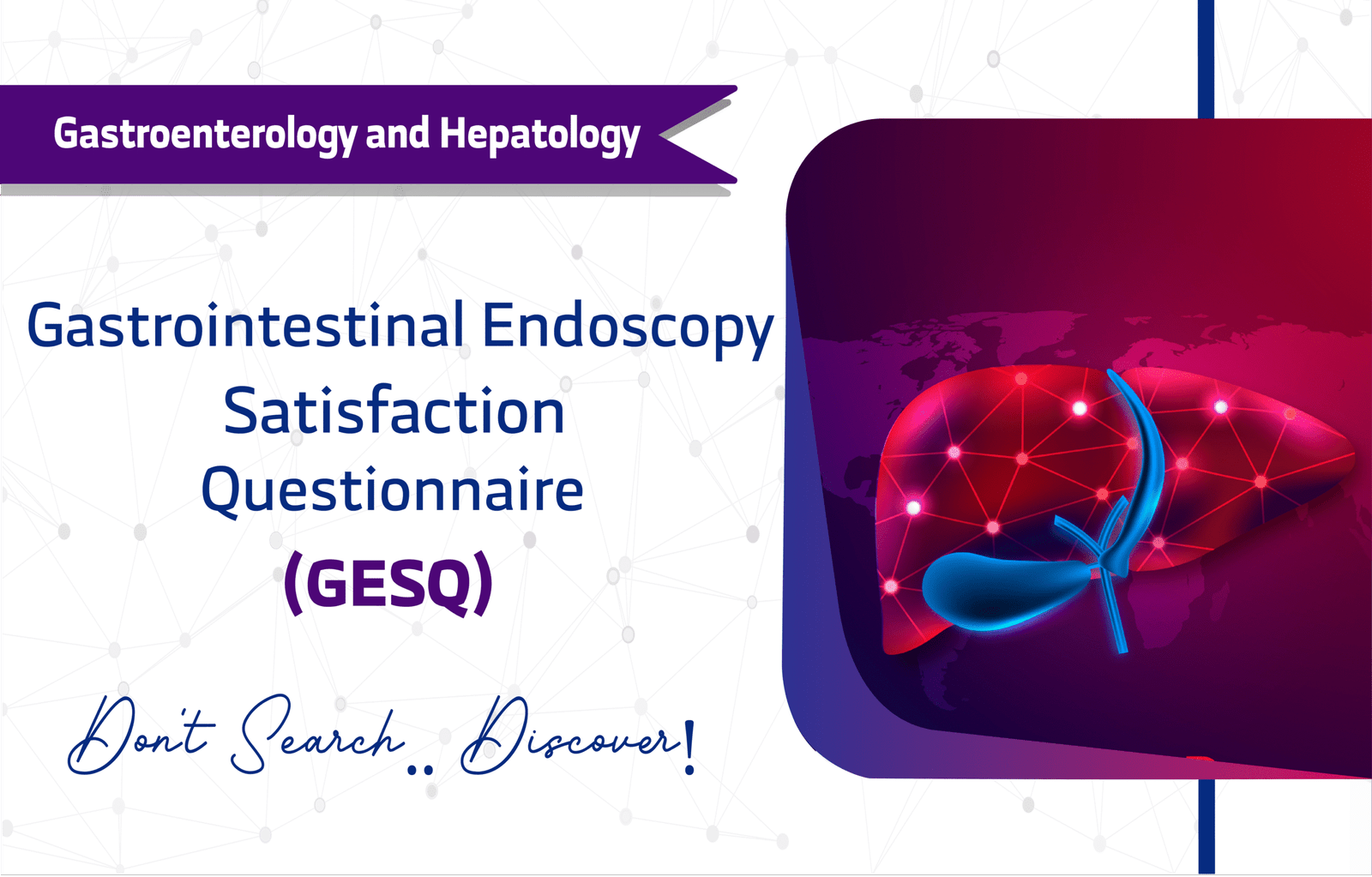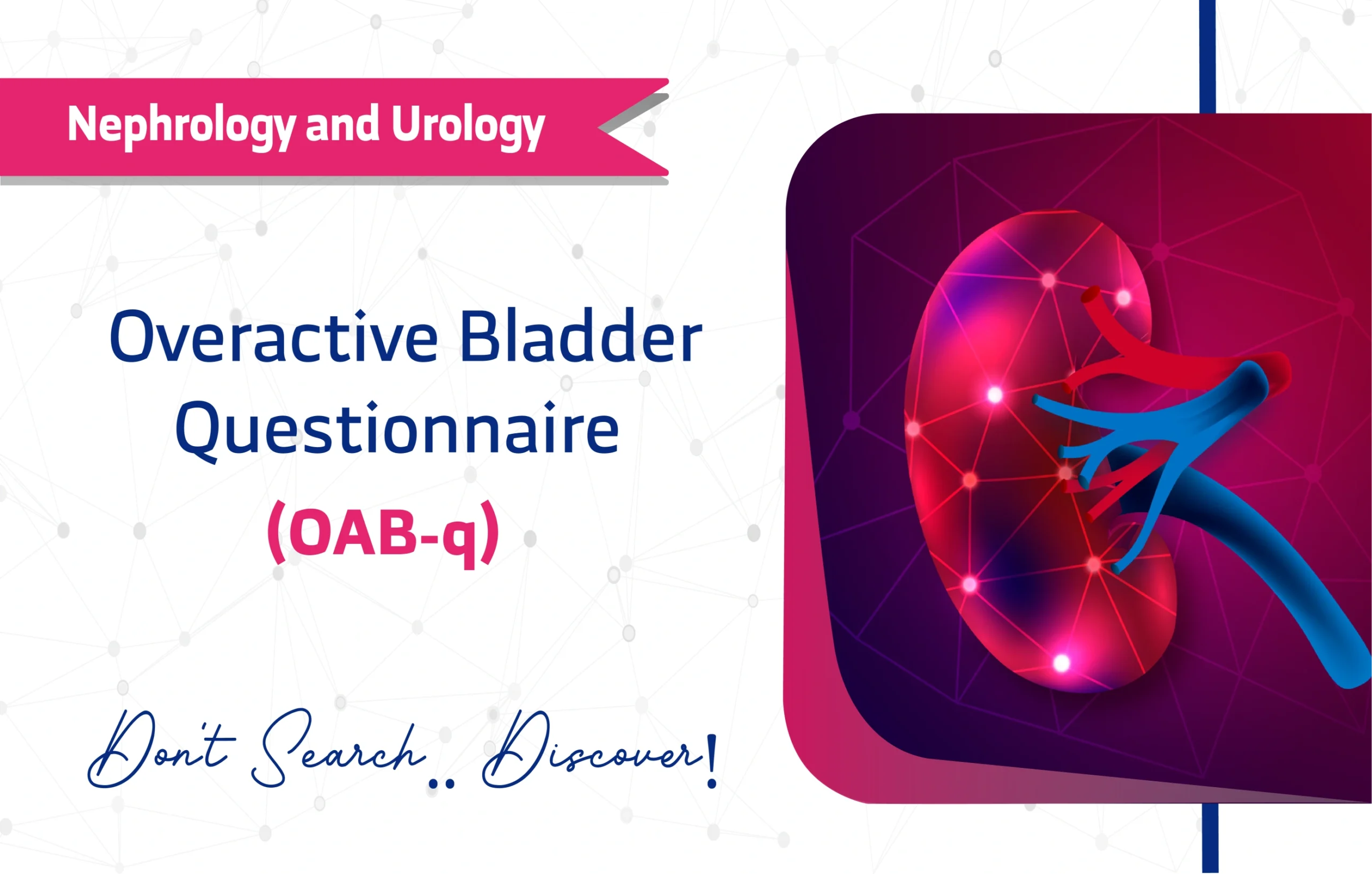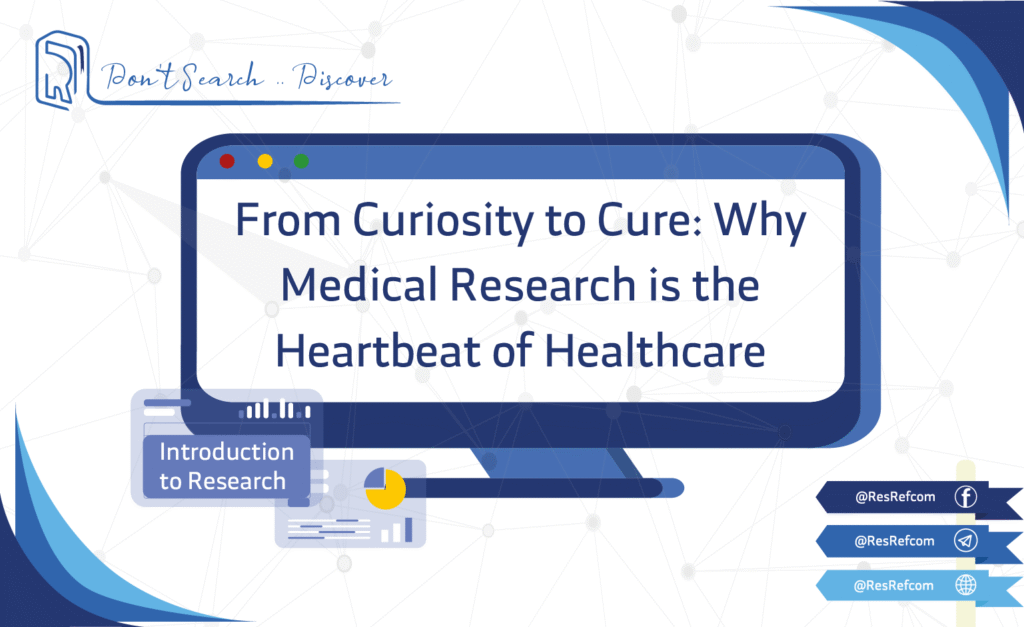Welcome to the start of your research journey! This series is for anyone in the medical field—students, new researchers, and healthcare workers—who wants to understand the exciting world of medical discovery.
In this first article, we’ll:
- Introduce the basics of medical research.
- Explain why it’s so important.
- Show how it shapes the care you give and receive.
- We’ll also introduce a key idea called Evidence-Based Medicine, which will help you make smart, informed decisions in your work.
What is Medical Research and Why is it a Big Deal?
Medical research isn’t just about scientists in white coats. It’s the driving force behind every major health breakthrough. Think about it: vaccines, cancer treatments, and even the advice your doctor gives you about a healthy lifestyle all come from research. It’s a constant search for knowledge to better understand, diagnose, treat, and prevent diseases.
Why is this so important?
Because good research replaces guesswork with proof. It builds a solid foundation of evidence, ensuring that patient care is as safe and effective as possible.

The Main Goals of Medical Research?
The big goal of all medical research is to turn scientific discoveries into better health for everyone. This includes:
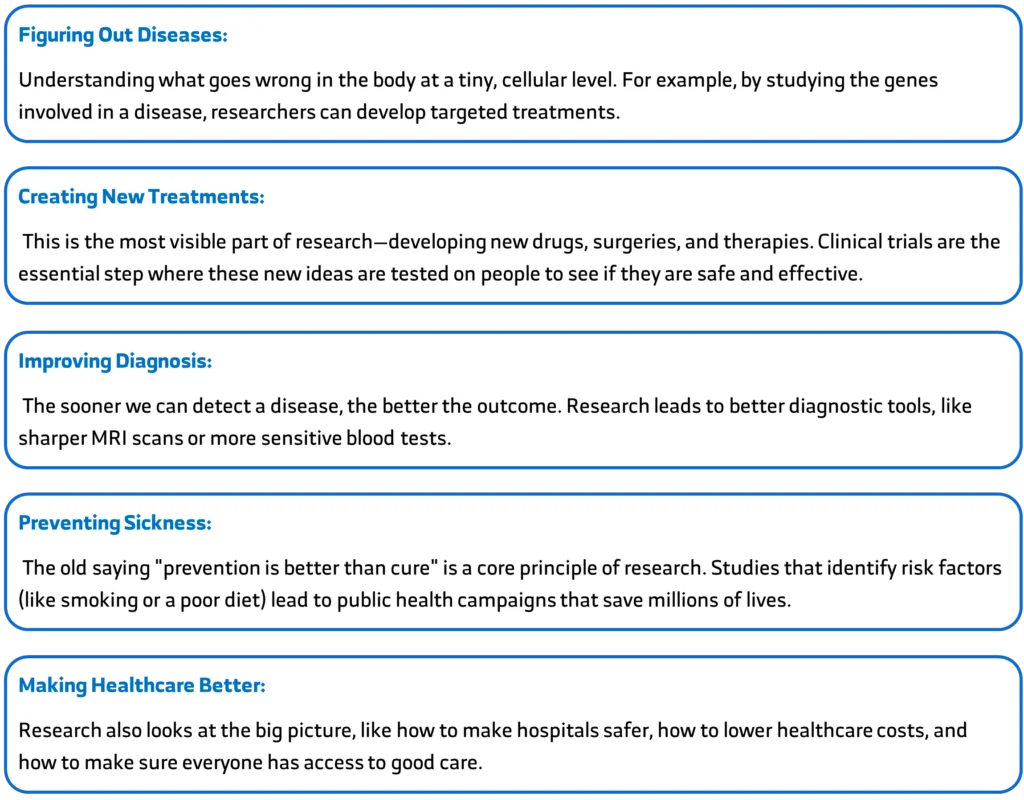
A Quick Trip Through Medical History: Key Moments
Medical research has a long and fascinating history. Understanding where we’ve been helps us see where we’re going.
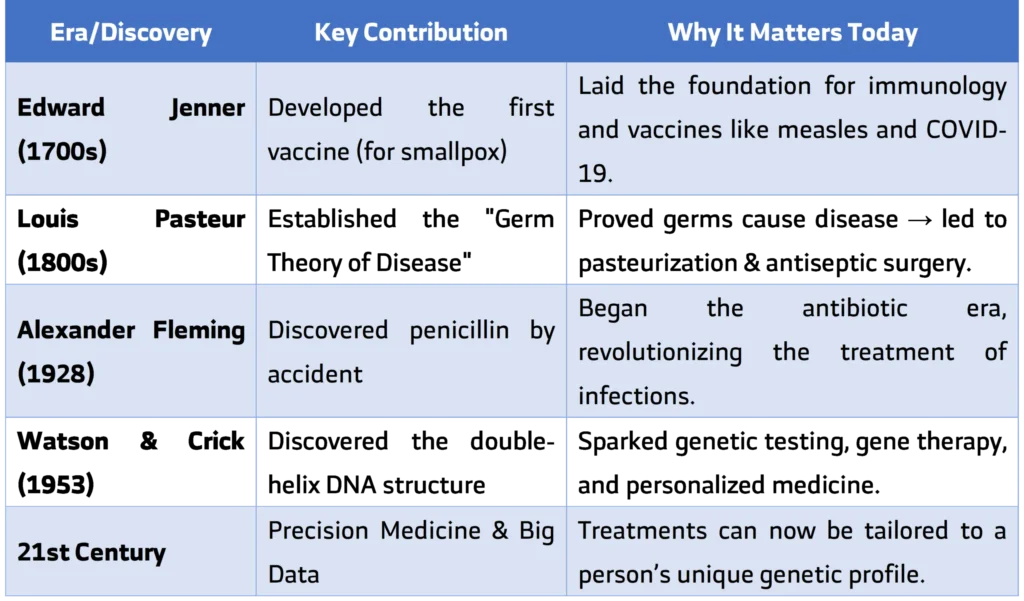

The Different Flavors of Research
Not all research is the same. It can be broken down into three main types that build on each other:
- Basic (or “Bench”) Research
- What it is: Pure science driven by curiosity. Happens in a lab, studying the basic building blocks of life (cells, genes).
- Example: Studying how a specific protein helps a cancer cell grow.
- Why it matters: Builds the foundational knowledge needed for future breakthroughs.
- Clinical Research
- What it is: Research involving people. Tests if a new drug, device, or treatment is safe and effective.
- Example: A clinical trial testing a new blood pressure drug.
- Why it matters: Bridges lab discoveries with real-world treatments.
- Translational Research
- What it is: The bridge between basic and clinical research.
- T1 (Bench to Bedside): Turns lab findings into treatments.
- T2 (Bedside to Community): Ensures trial-proven treatments reach hospitals and clinics effectively.
- Why it matters: Closes the gap between discovery and delivery of care.
- What it is: The bridge between basic and clinical research.
Evidence-Based Medicine (EBM): Your GPS for Clinical Decisions
Evidence-Based Medicine (EBM) means making clinical decisions using the best, most current scientific evidence. It combines three core elements:
- Best Research Evidence: High-quality studies answering clinical questions.
- Clinical Expertise: Your skills and experience as a professional.
- Patient Values & Preferences: The goals, concerns, and beliefs of the patient.
Think of EBM like a three-legged stool. If one leg is missing, the stool won’t be stable.
Why This Matters to You
- You’ll Make Better Decisions: Using facts, not just habits.
- You’ll Keep Learning: EBM keeps you updated as medicine evolves.
- You’ll Improve Patient Care: That’s the ultimate goal.
Frequently Asked Questions (FAQ)
1. What is medical research and why is it important?
Medical research is the systematic study of diseases, treatments, and healthcare practices to improve patient outcomes. It provides evidence-based solutions that replace guesswork, making healthcare safer, more effective, and more accessible.
2. What are the main types of medical research?
There are three major types:
Basic (Bench) Research – done in labs to study cells, genes, and biological mechanisms.
Clinical Research – involves people, testing the safety and effectiveness of new drugs, devices, or therapies.
Translational Research – bridges lab discoveries with real-world applications, ensuring treatments reach hospitals and communities.
3. How has medical research shaped modern healthcare?
From the discovery of vaccines and antibiotics to advanced imaging techniques and personalized medicine, research has led to nearly every major medical breakthrough. These innovations save lives, reduce healthcare costs, and improve quality of life worldwide.
4. What is Evidence-Based Medicine (EBM)?
Evidence-Based Medicine is the practice of making clinical decisions based on three key elements:
The best available research evidence.
Clinical expertise of healthcare professionals.
Patient values and preferences.
EBM ensures that medical care is grounded in facts, tailored to patients, and continuously updated with new knowledge.
A Word From ResRef
You’ve just taken your first step into the world of medical research. It’s not just an academic subject—it’s the engine behind all of modern healthcare. In our next article, we’ll look at the Scientific Method—the step-by-step process researchers use to make sure discoveries are trustworthy and true.
References
- Kusano M, Shimoyama Y, Sugimoto S, Kawamura O, Maeda M, Minashi K, Kuribayashi S, Higuchi T, Zai H, Ino K, Horikoshi T, Sugiyama T, Toki M, Ohwada T, Mori M. Development and evaluation of FSSG: frequency scale for the symptoms of GERD. J Gastroenterol. 2004 Sep;39(9):888-91. doi: 10.1007/s00535-004-1417-7. PMID: 15565409.(link)
- Gong EJ, Jung KW, Min YW, Hong KS, Jung HK, Son HJ, Kim DY, Lee J, Lee OY. Validation of the Korean Version of the Gastroesophageal Reflux Disease Questionnaire for the Diagnosis of Gastroesophageal Reflux Disease. J Neurogastroenterol Motil. 2019 Jan 31;25(1):91-99. doi: 10.5056/jnm18133. PMID: 30646480; PMCID: PMC6326199.(link)
- Zavala-Gonzales MA, Azamar-Jacome AA, Meixueiro-Daza A, Ramos A, J JR, Roesch-Dietlen F, Remes-Troche JM. Validation and diagnostic usefulness of gastroesophageal reflux disease questionnaire in a primary care level in Mexico. J Neurogastroenterol Motil. 2014 Oct 30;20(4):475-82. doi: 10.5056/jnm14014. PMID: 25273118; PMCID: PMC4204416.(link)


